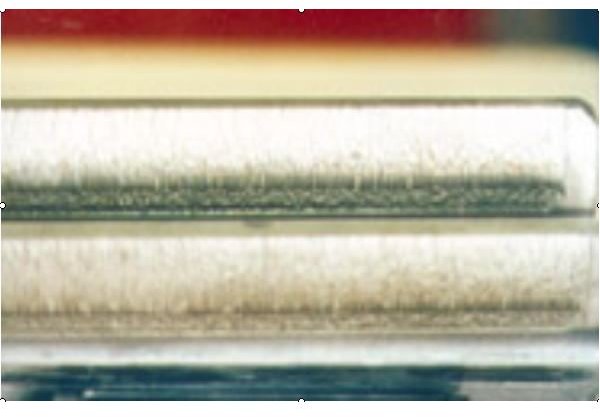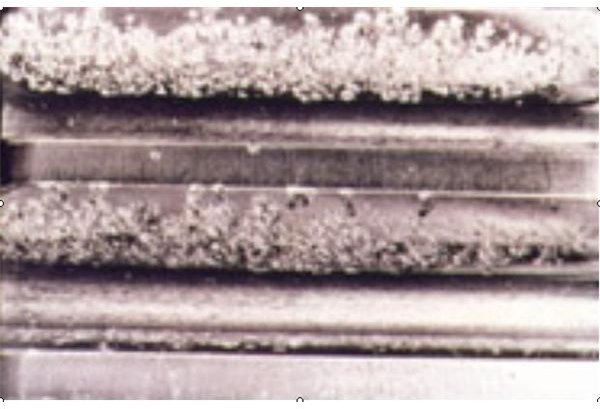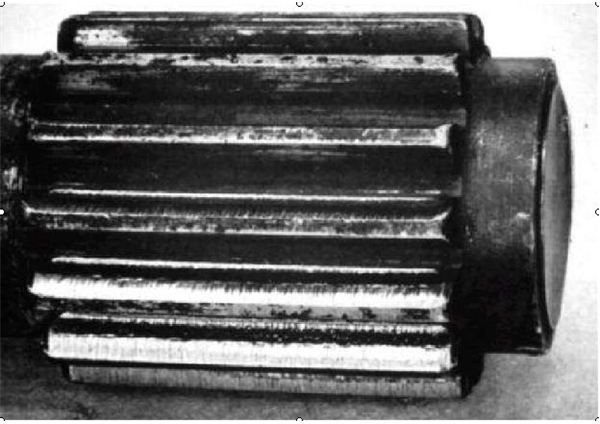Causes of Failure of Gears. Causes of Gear Failure. How Gear Fails? Why Gear Fails?
FAILURES DUE TO WEAR
Wear is one of the common causes of failure we know. During the course of operation anything and everything tends to wear out starting from the Tyres of the automobile to the joints in our body. Wear has hence not left our gears. Though we may not be able to eradicate or stop wear in the gears, knowing the types of wear will help us at least to control the same. The different types of wear regimes in gears are
FAILURES DUE TO WEAR
1. Moderate Wear: This is a most common type of wear mode caused mainly due to lubricant contamination. The other contributors to this are limitations of lubricant viscosity, gear speed, and temperature.
2. Abrasive Wear: This is normally characterized by scratch marks on the tooth surface when we look at it visually. This type at certain times is misjudged as Micro Pitting marks due to the similarity in the visualization. Abrasive wear is caused due to the presence of metal particles from the gears and bearings, weld spatter, scale, rust, sand and dirt in the lubricant of the gears.

3. Corrosive Wear: As the name says this type of wear regime occurs due to corrosion action on the teeth of the gears. This type of wear regime is visually looked at as spotty dots appearing scattered on the tooth of the gear. The common causes for this type of wear are
* chemical action of active ingredients in the lubricant like acid,
* presence of moisture, foreign materials in the lubricant
* extreme-pressure additives added to the lubricant which react with the gear teeth

Scuffing damage occurs on gear teeth if they are operated with an inadequate lubricant film between the teeth or when the viscosity of the lubricant is very less. They can be identified by ripples on the contacting gear tooth surface. This type of failure is also characterized by a burning smell of the lubricating oil during running and also development of burn marks on the contact teeth surface. This can be prevented by proper selection of the lubricant and monitoring of the gearbox temperature at equal intervals to ensure that the temperature does not exceed the maximum running temperature of the lubricating oil.

This post is part of the series: Failures modes in Gears
This article describes about the types of failure modes in the gears Understanding of the failure modes helps us in determining the causes for the same. I have put up necessary photographs at necessary areas to enable the easy understanding of the failure mode.
